Red eyes, choked throat, dry mouth? Yes, Delhi pollution levels have once again deteriorated and the vehicular population may be one of the many villa
,

It is that time of the year once again when the Delhi AQI or air quality index worsens to toxic levels. And while a number of factors – from stubble burning to weather conditions – are believed to play a part in increasing pollution levels, the vehicular population of the capital city also contributes to the overall grim situation. But how much?
Also Read: Delhi brandishes this traffic campaign once again in bid to battle air pollution
As per a recent study conducted by Indian Institute of Tropical Meteorology (IITM) Pune, vehicles in Delhi contribute to around 14 per cent of the total pollution here. In comparison, the study found that stubble burning only contributed anywhere between 1.3 per cent and 2.4 per cent. A whopping 32 per cent to 44 per cent of the overall pollution is caused by sources not yet known. But does this absolve all the vehicles from any blame. Surely not.
How much is your vehicle contributing to Delhi’s pollution levels?
In Delhi, petrol vehicles over 15 years old and diesel vehicles over 10 years old are banned. This means most of the BS3 and many BS4 vehicles are illegal for operation within city limits. And this may well be good.
Also Read : Car, two-wheeler parking rates in Delhi set to double soon
A BS3 diesel vehicle has a peak carbon monoxide emission of 0.64 g/km, a nitrous oxide emission of 0.50 g/km, and Hydro carbons+Nitrogen Oxides emission of 0.56 g/km. In comparison, a BS 6 diesel vehicle has a peak carbin monoxide emission of 0.50 g/km, a nitrous oxide emission of 0.06 g/km and Hydro carbons+Nitrogen Oxides emission of 0.17 g/km. To simplify this further, a petrol-powered car typically has 145 grams of CO2 per kilometer and the figure is at around 165 grams of CO2 per kilometer for cars with diesel engines.

In comparison, an electric vehicle (EV) has zero emissions and this alone is one key reason why battery-powered mobility options are being promoted. Of course, critics argue that production processes of EVs are far more polluting than manufacturing conventional vehicles.
Electric two-wheelers too are fast gaining acceptance and this may auger well because petrol-powered two-wheelers are blamed for emitting carbon dioxide, nitrogen, and volatile organic compounds. While a petrol-powered scooter typically emits 175 grams of CO2 per kilometre, the figure is nearly zero for electric scooters and bikes.
So if you are living in Delhi, is now the time to make the switch to electric power. While the state of air quality is of paramount importance, whether you ought to turn to electric mobility options will continue to depend on various factors such as budget, charging options and available options.
Get insights into Upcoming Cars In India, Electric Vehicles, Upcoming Bikes in India and cutting-edge technology transforming the automotive landscape.
First Published Date: 24 Oct 2024, 09:12 AM IST


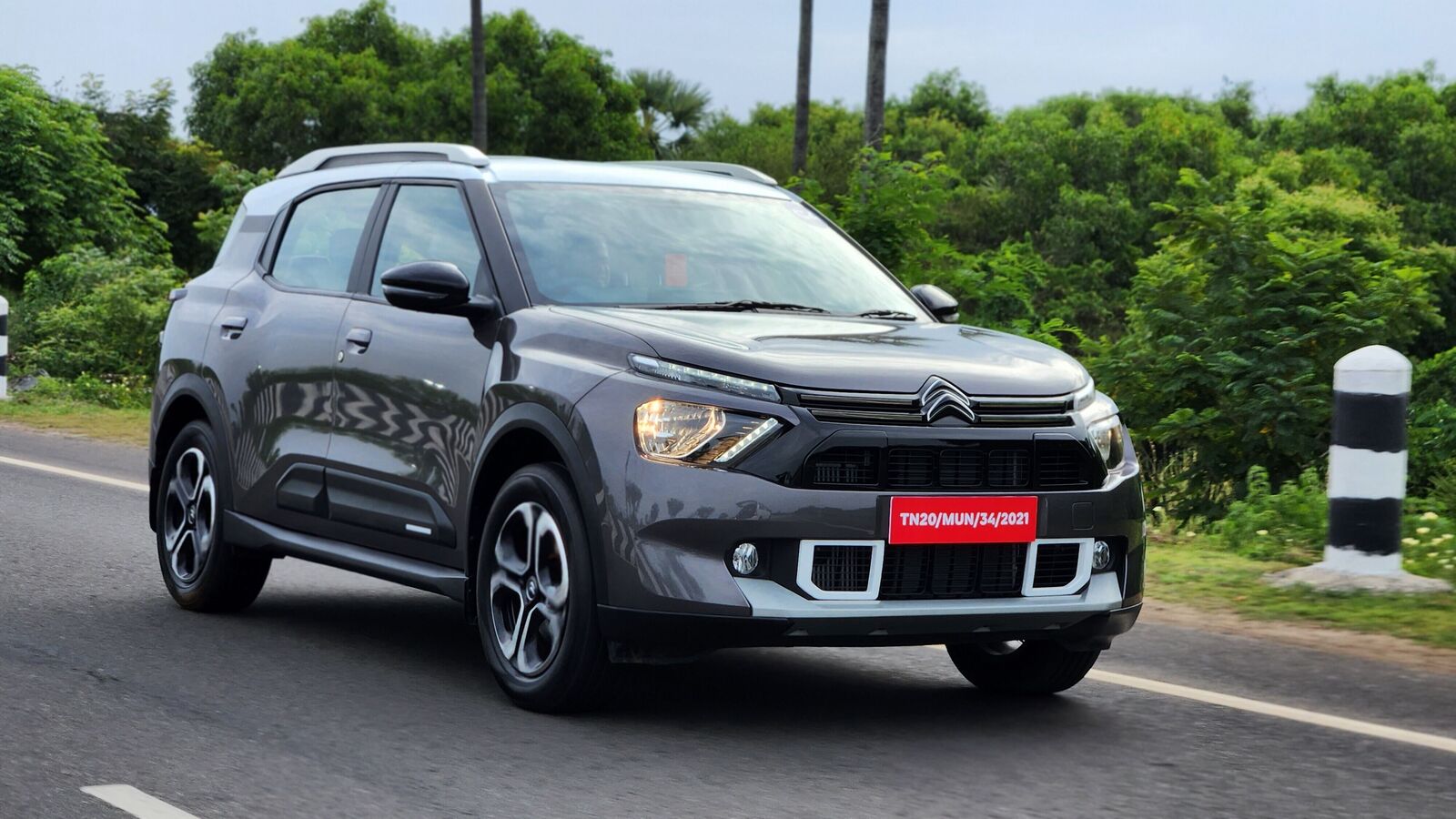
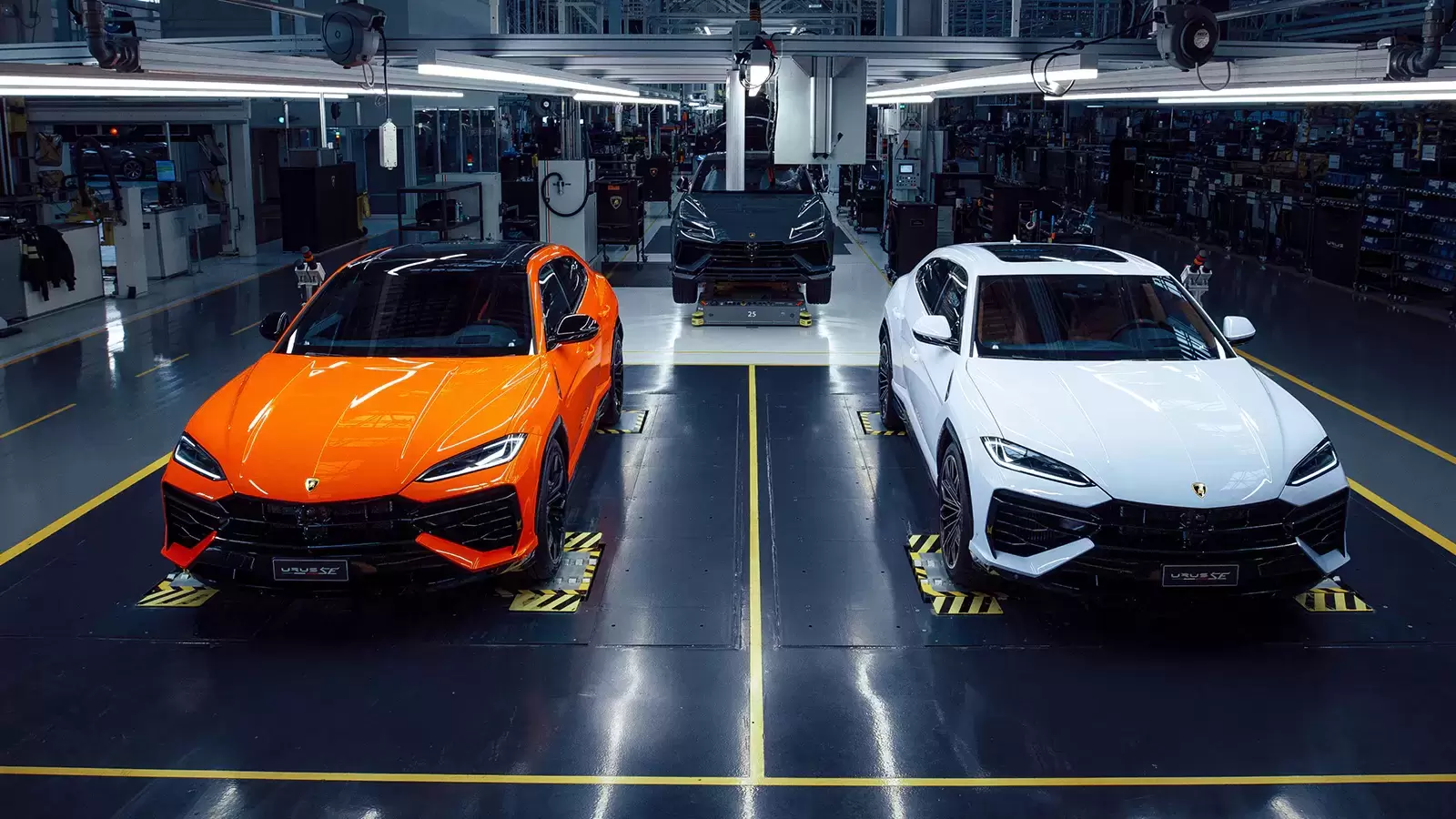
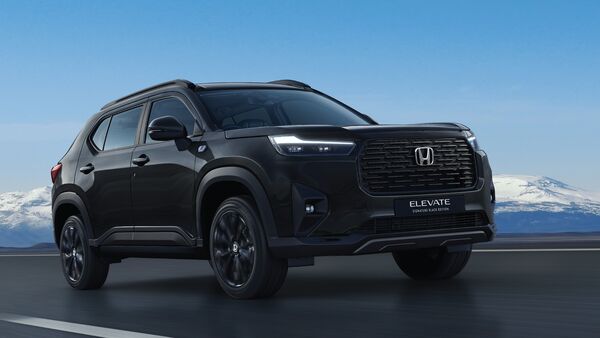
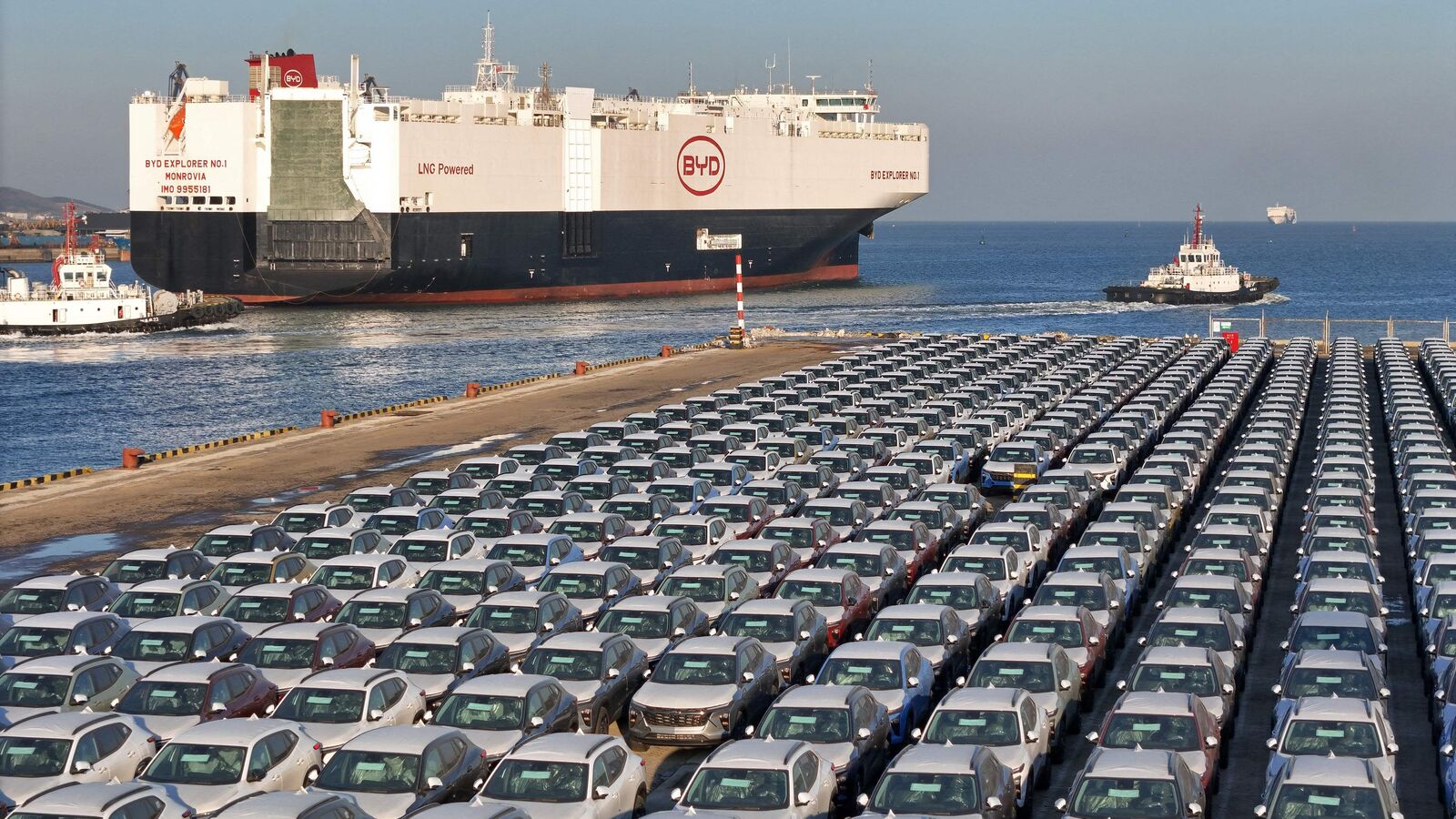
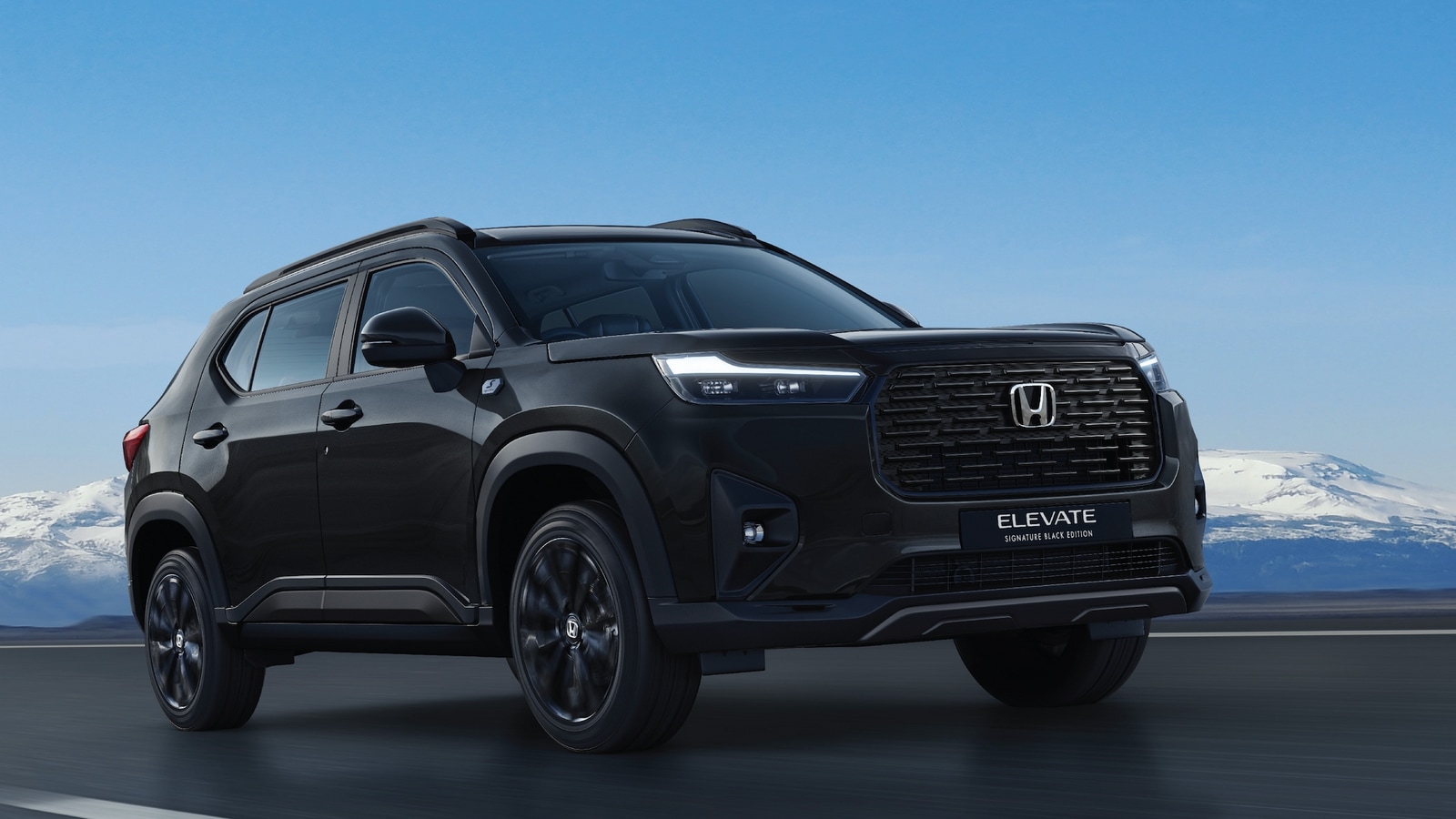
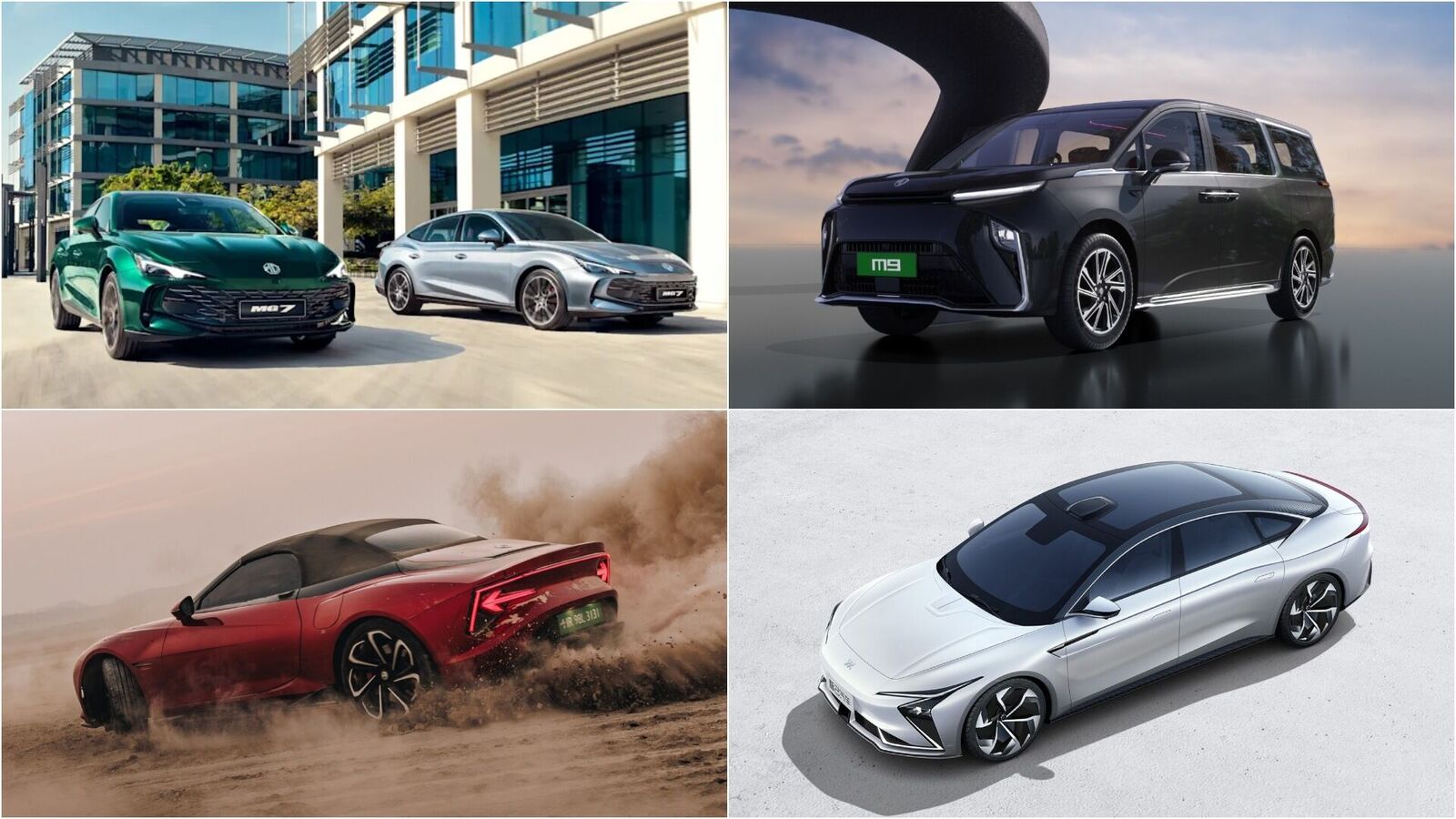
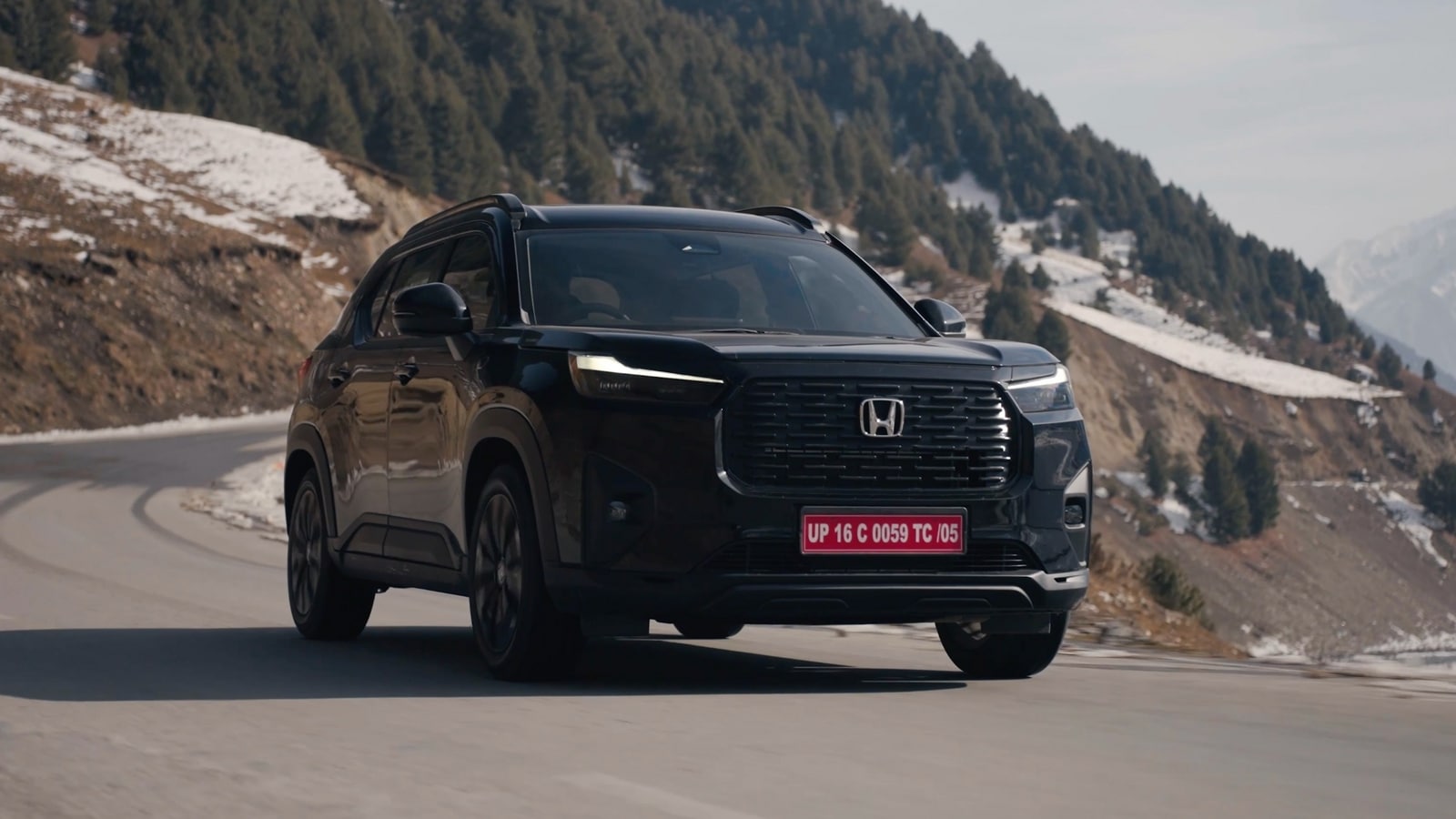
Leave a Reply